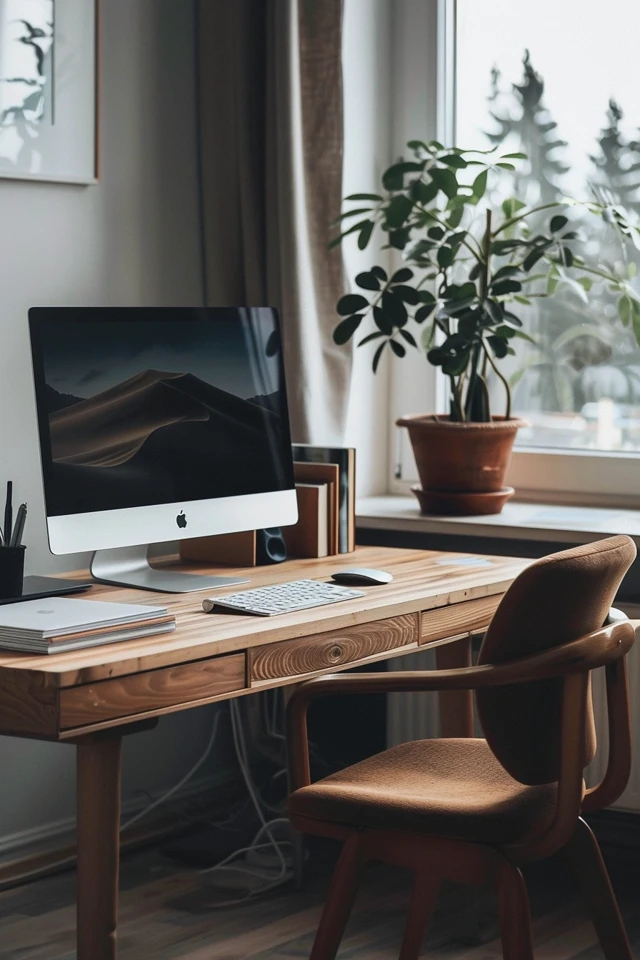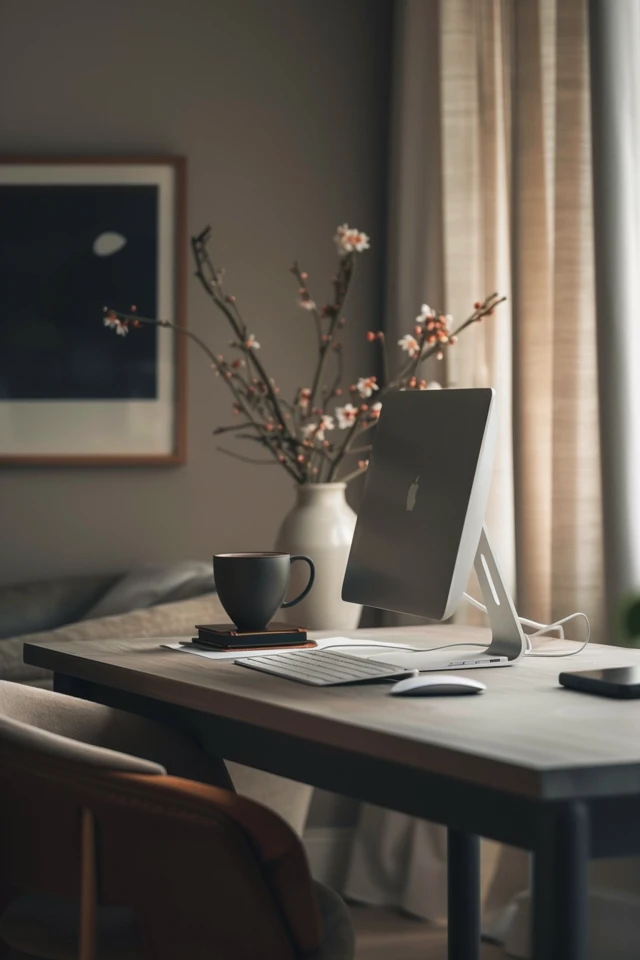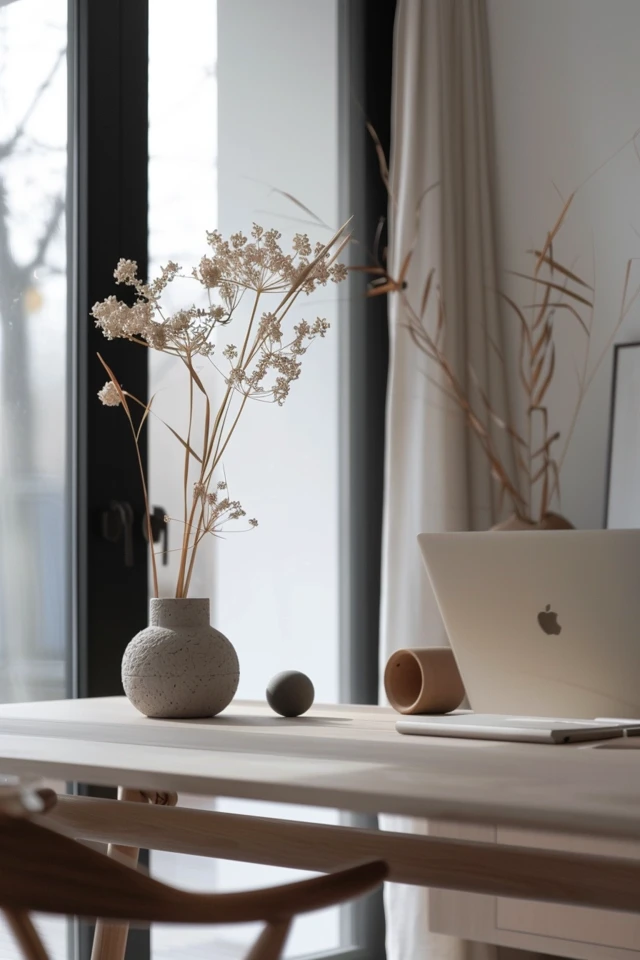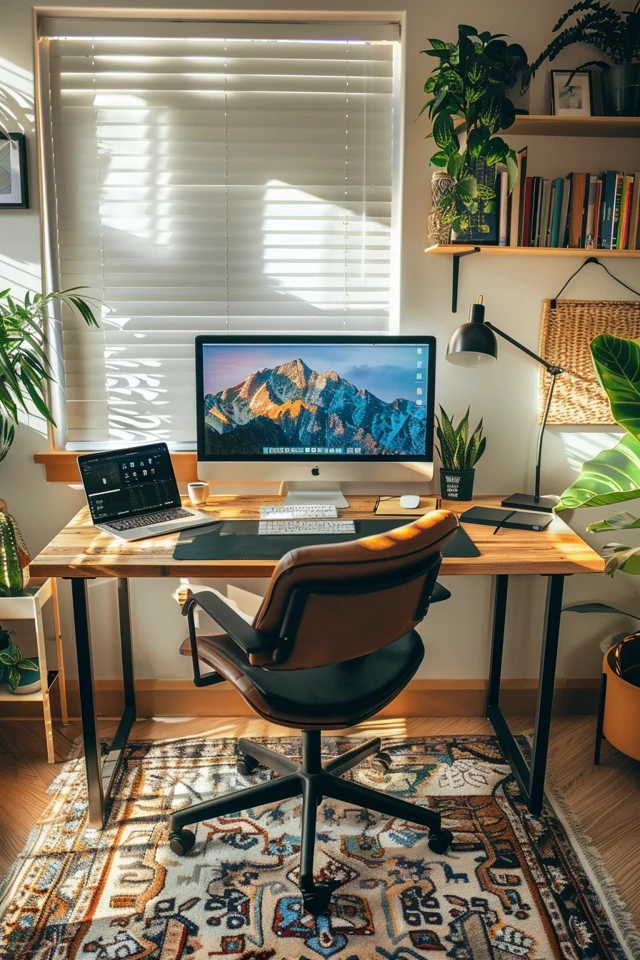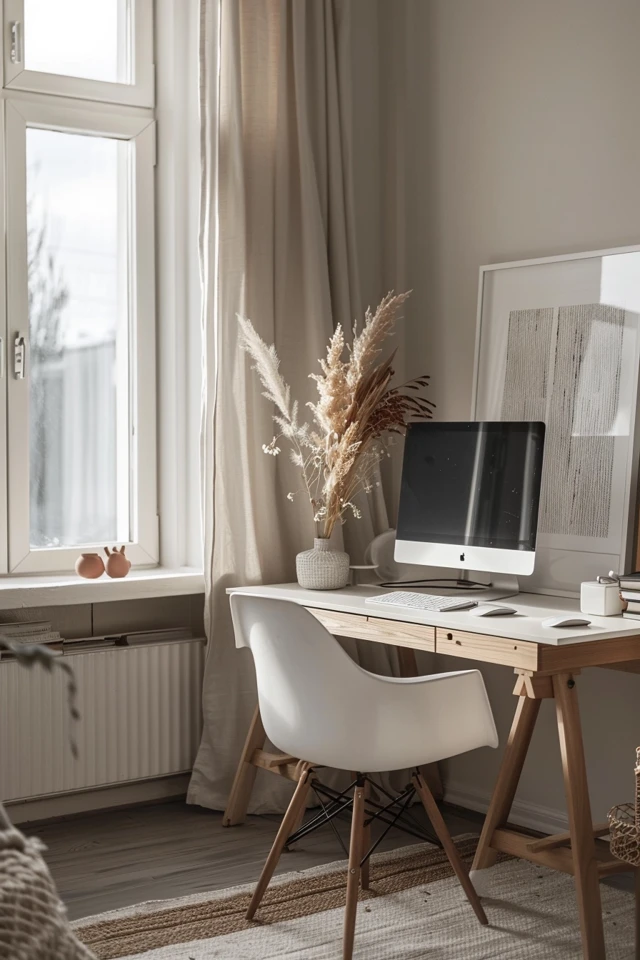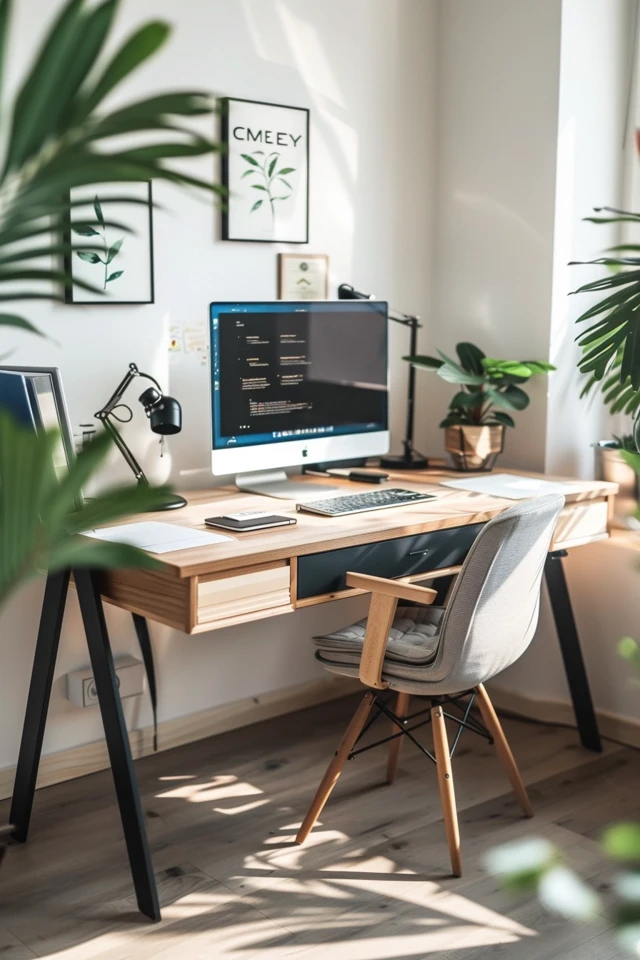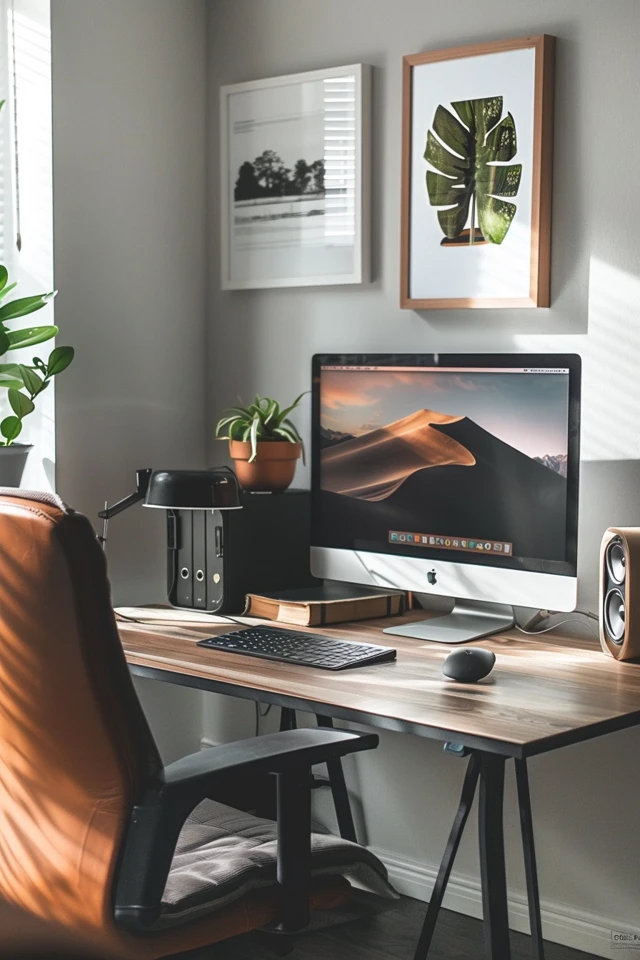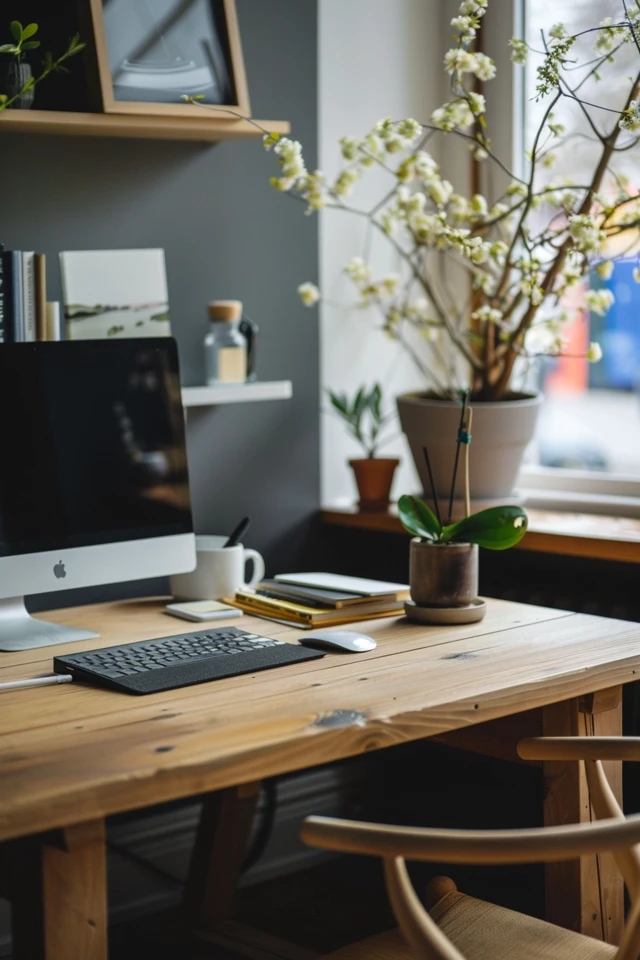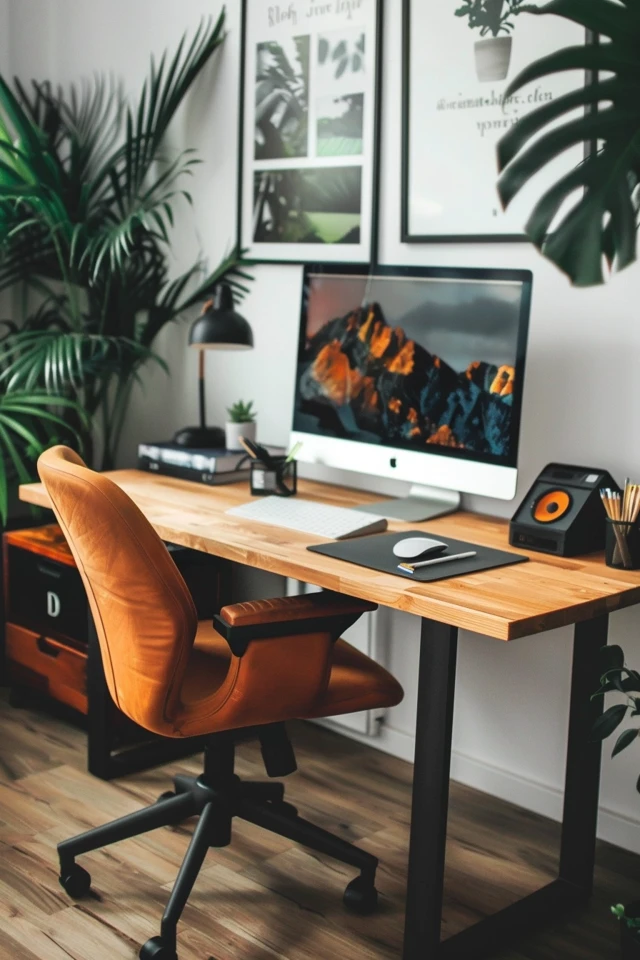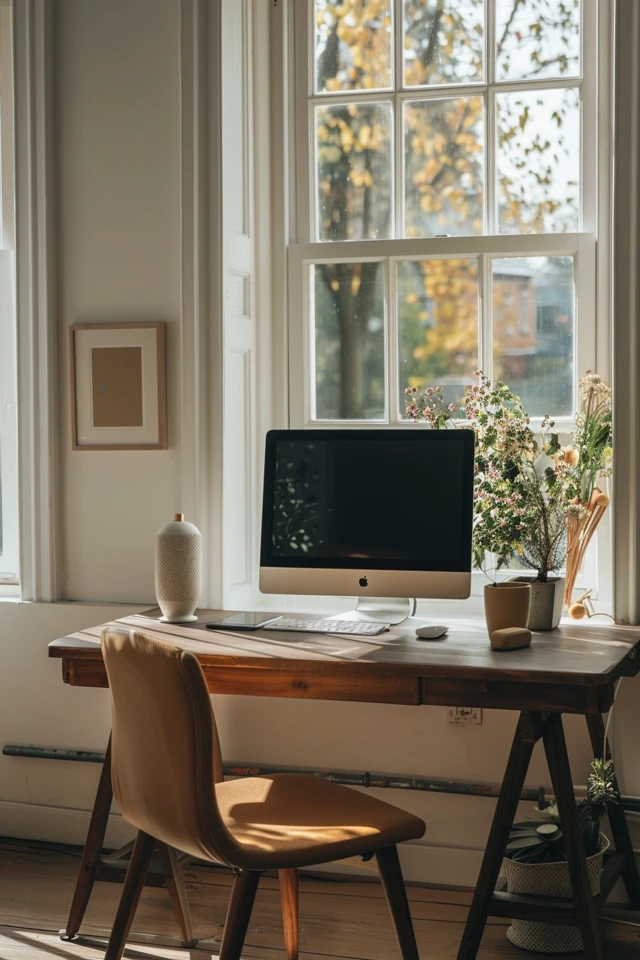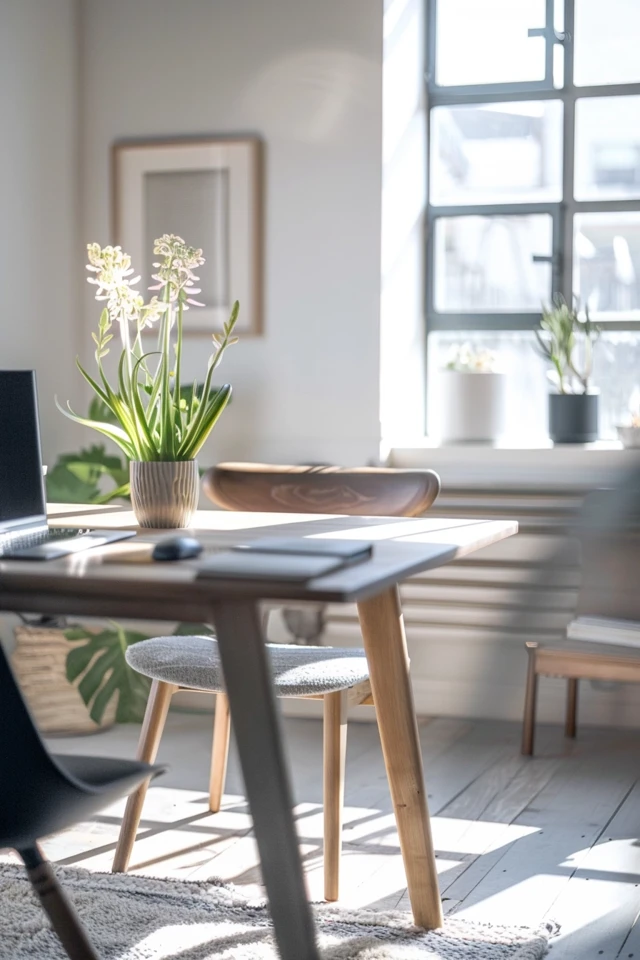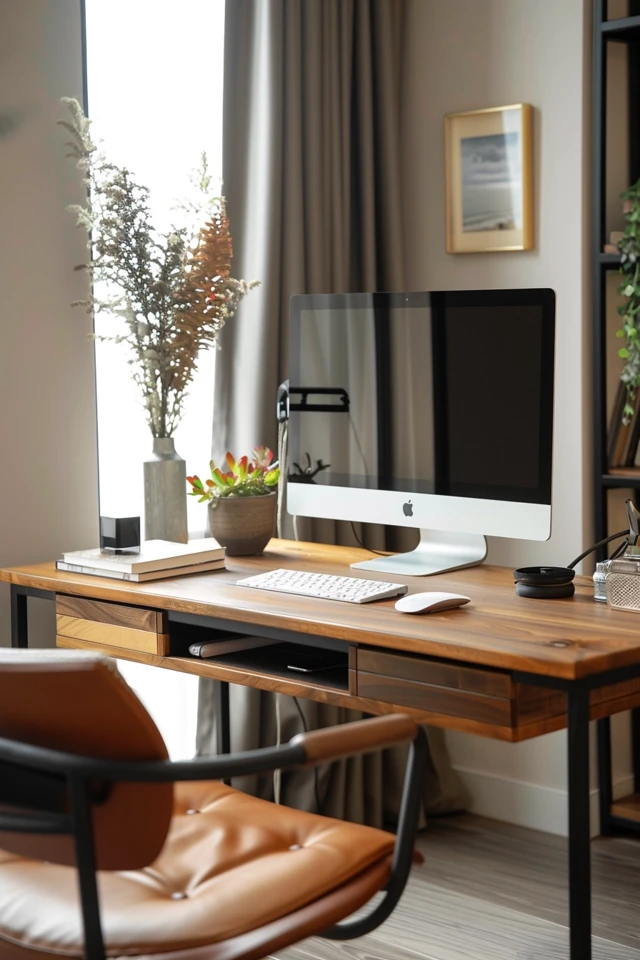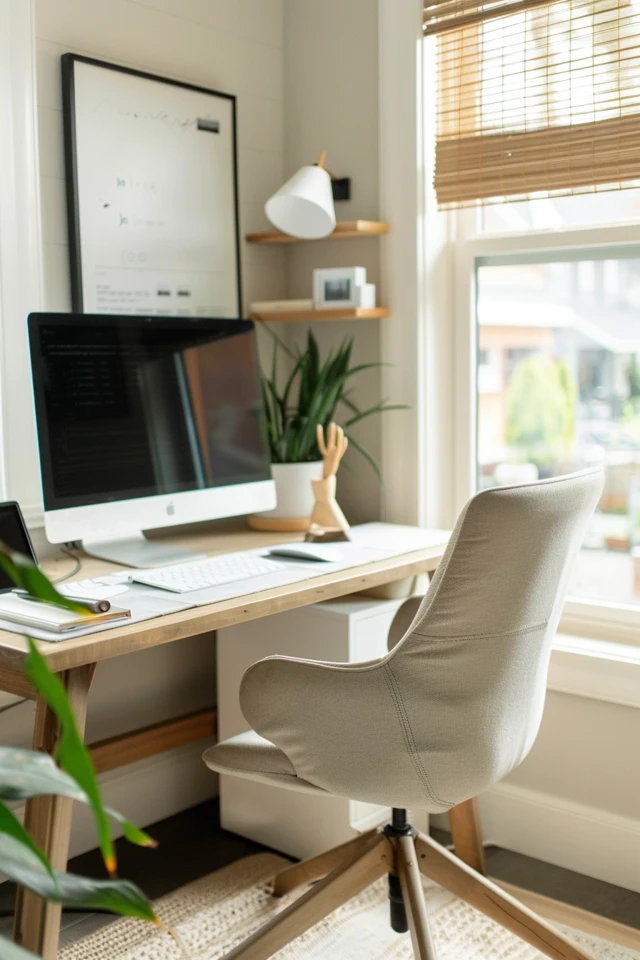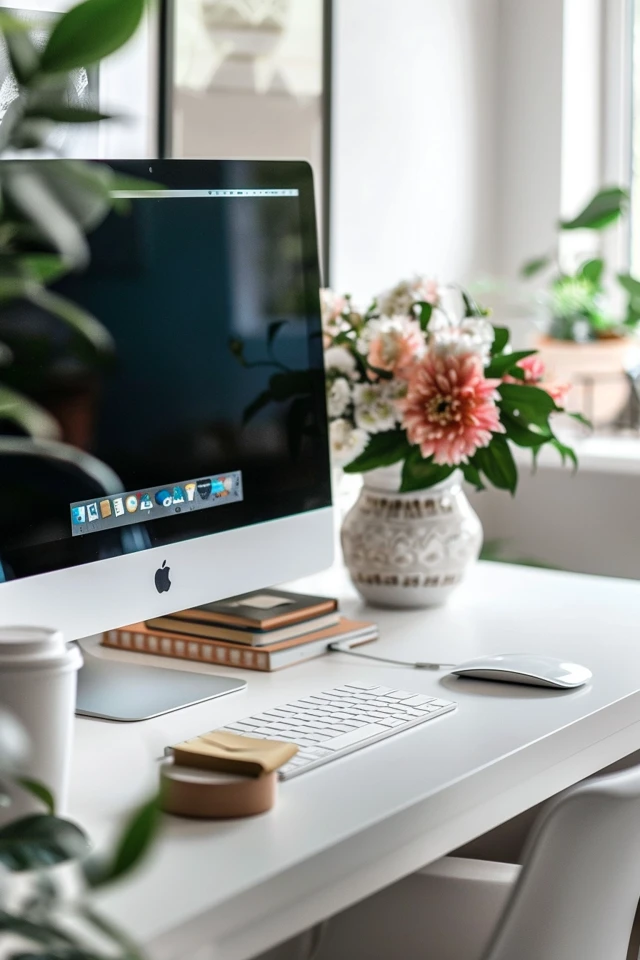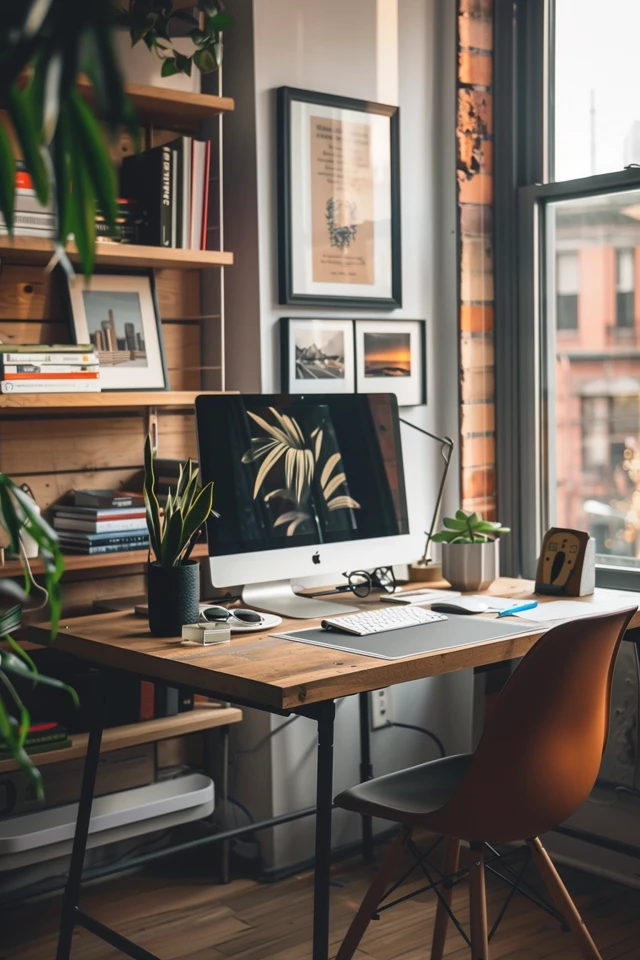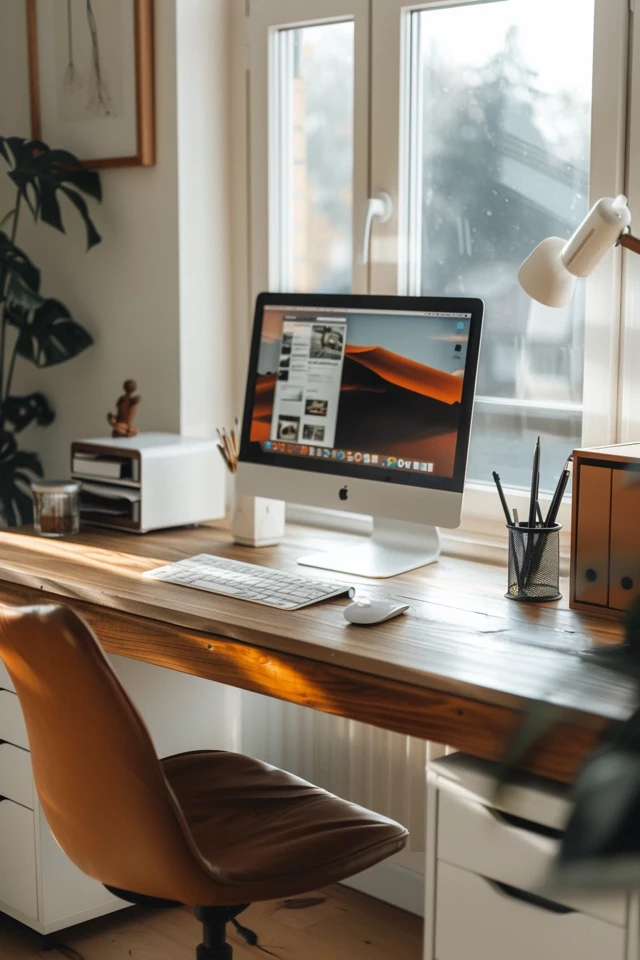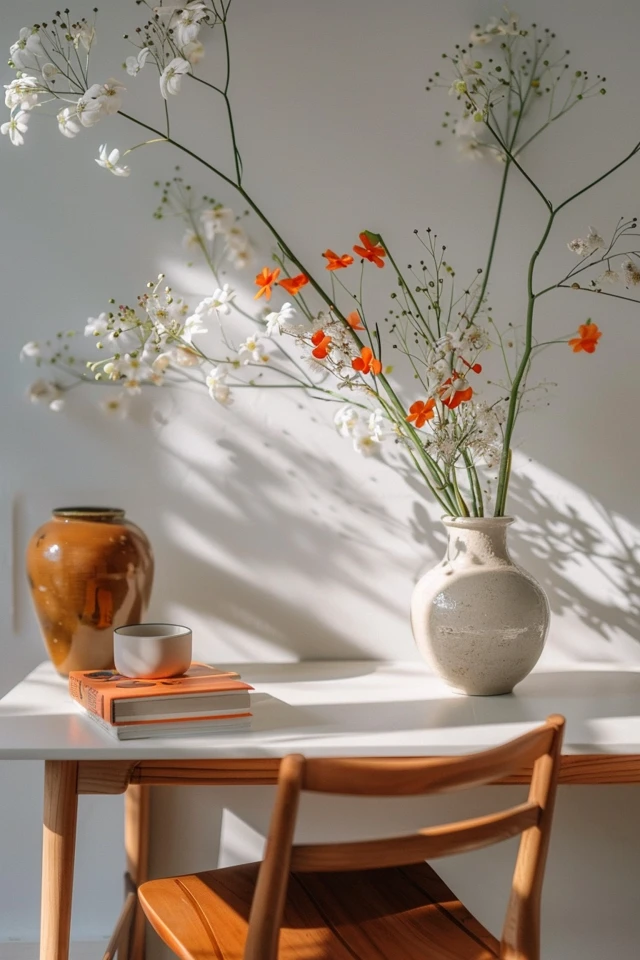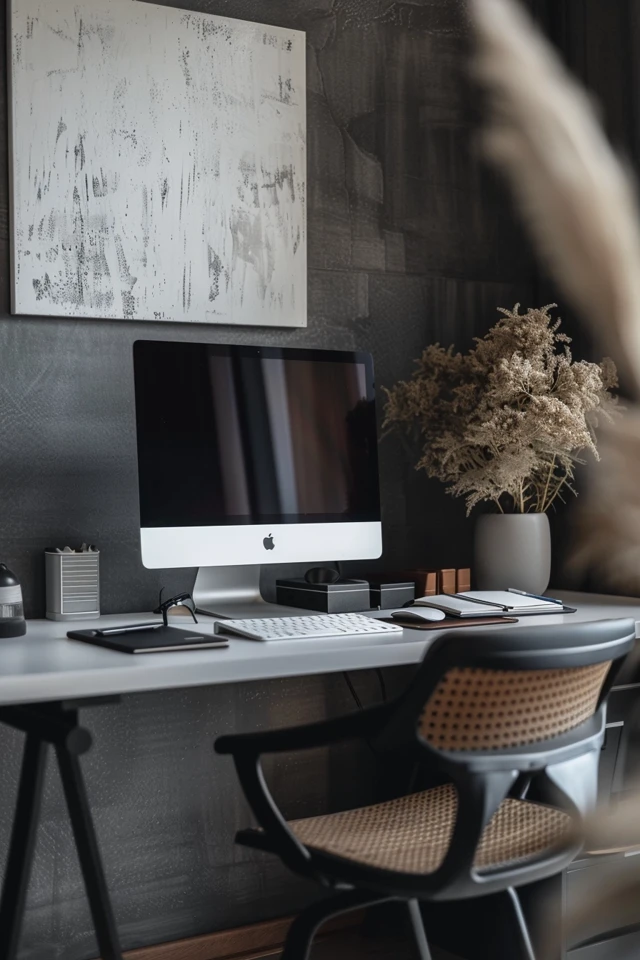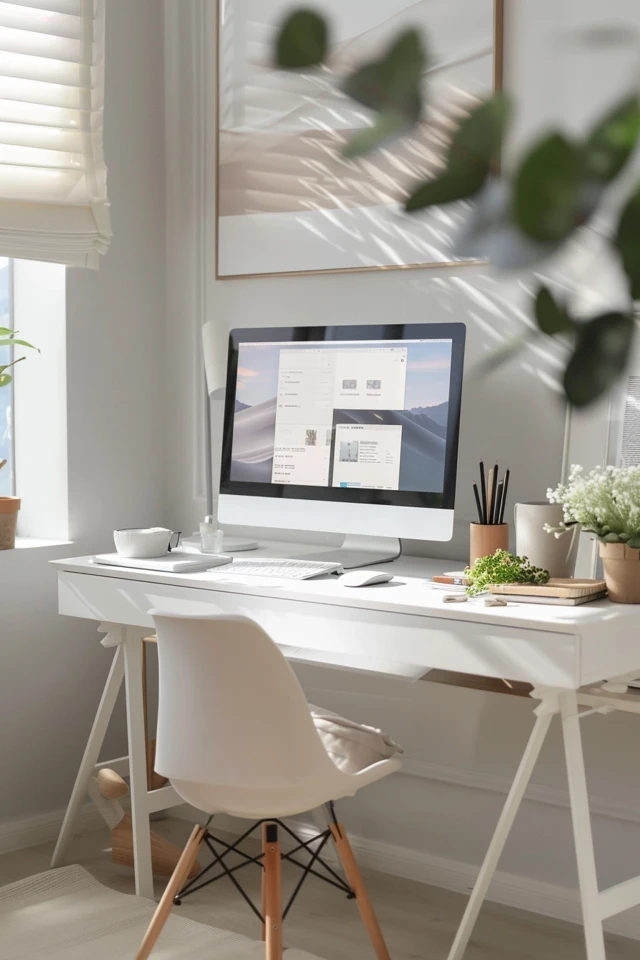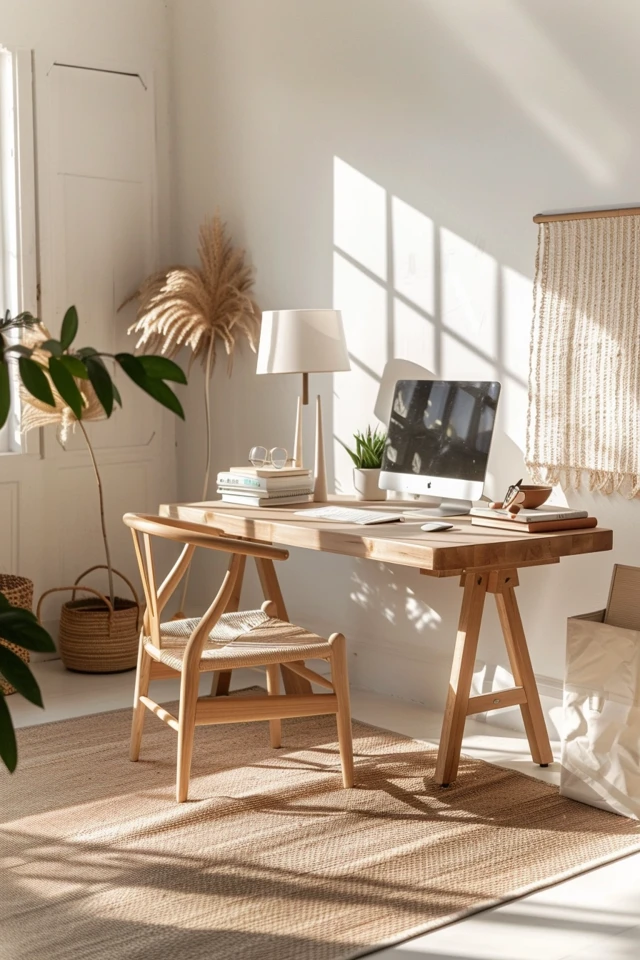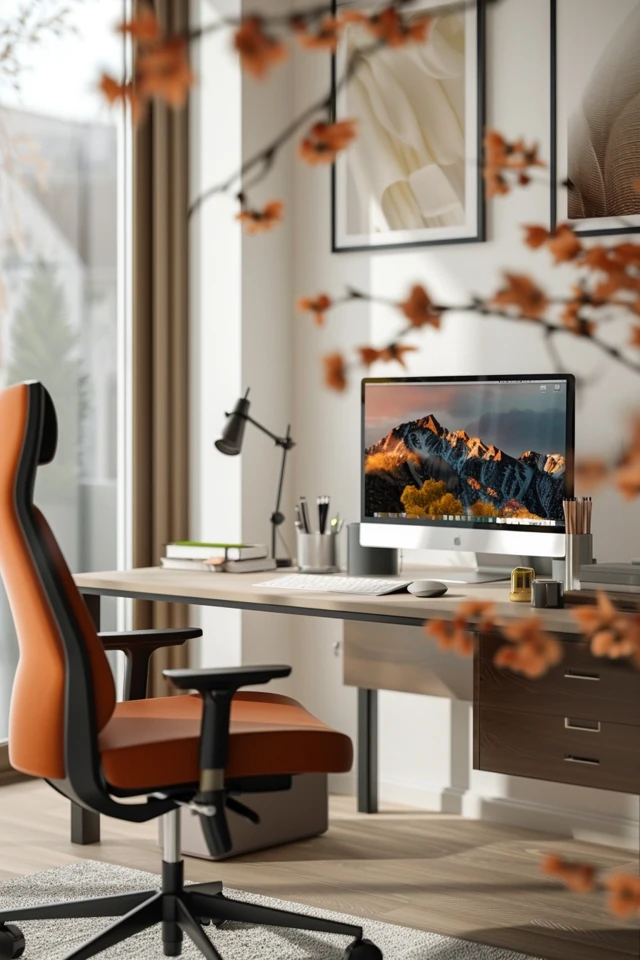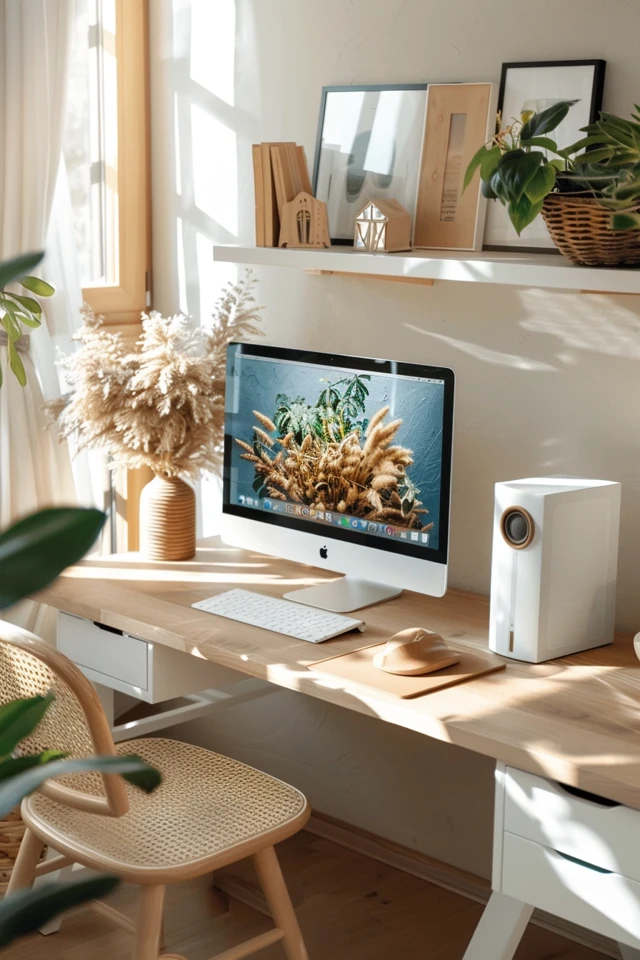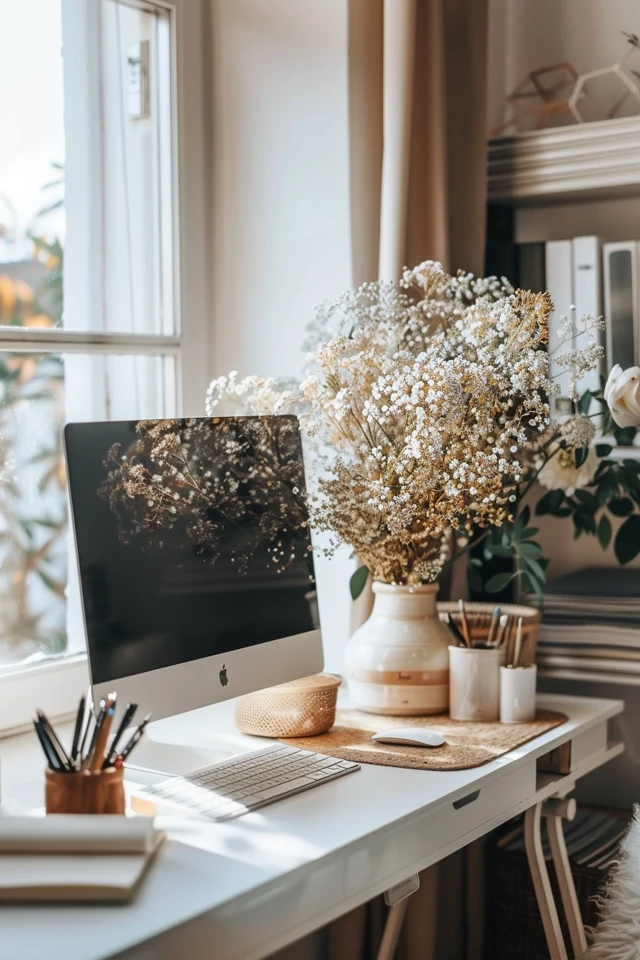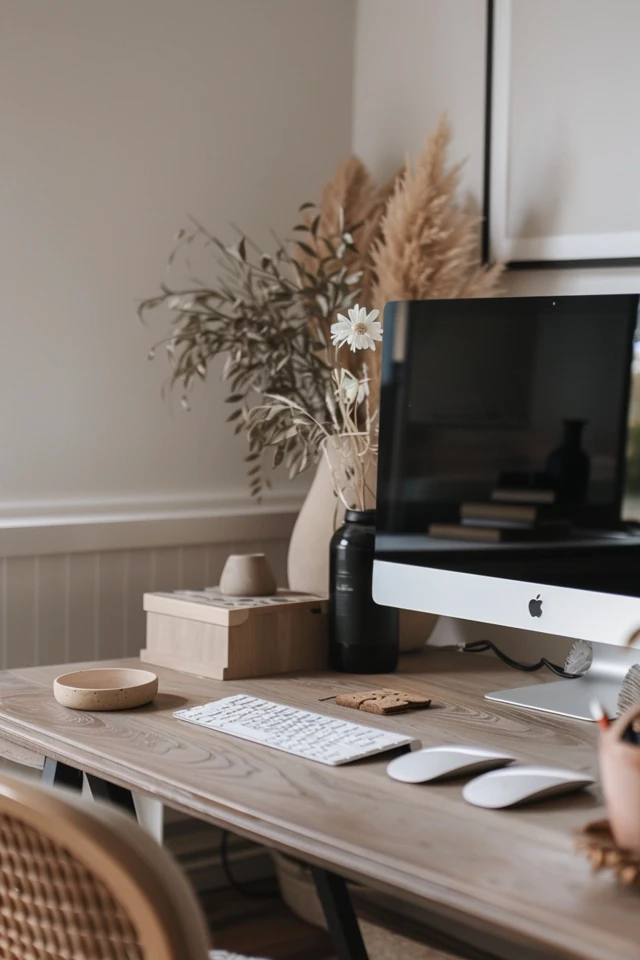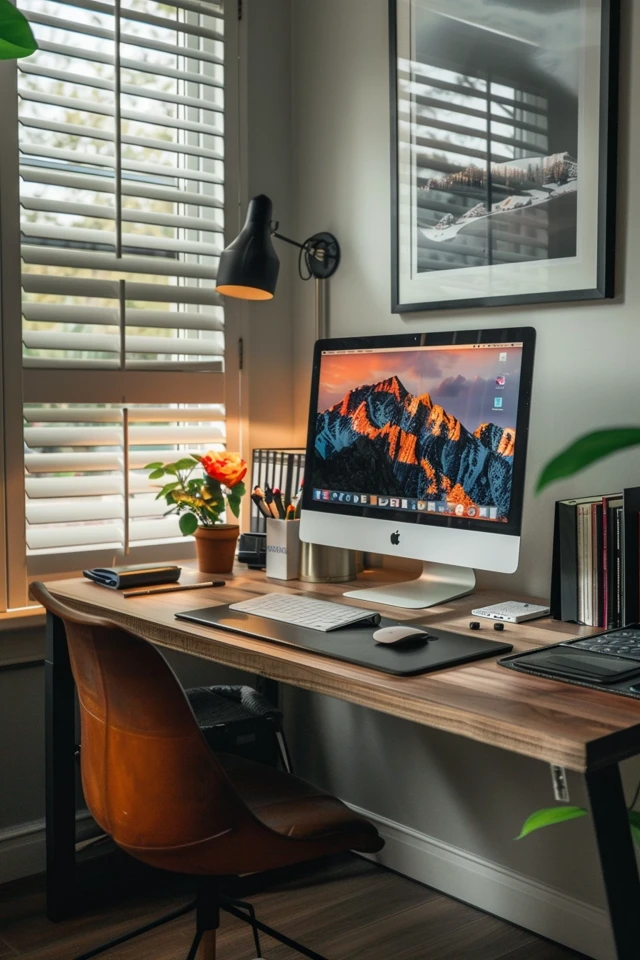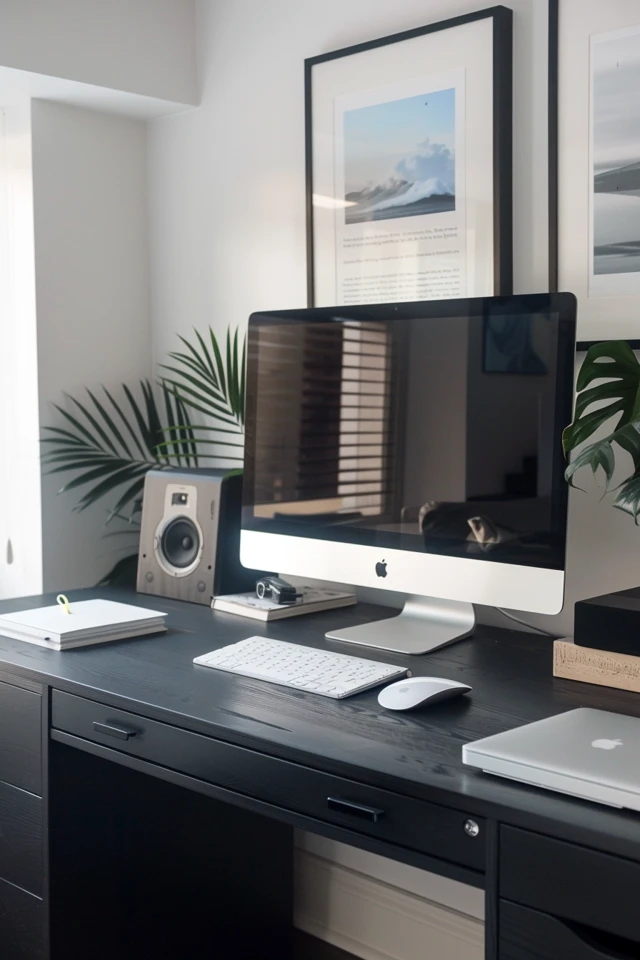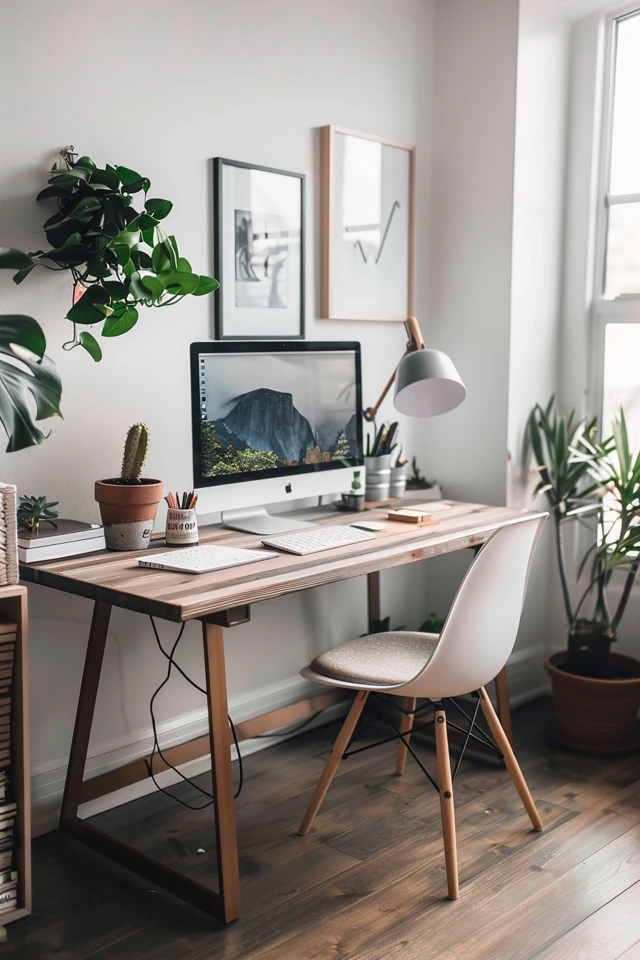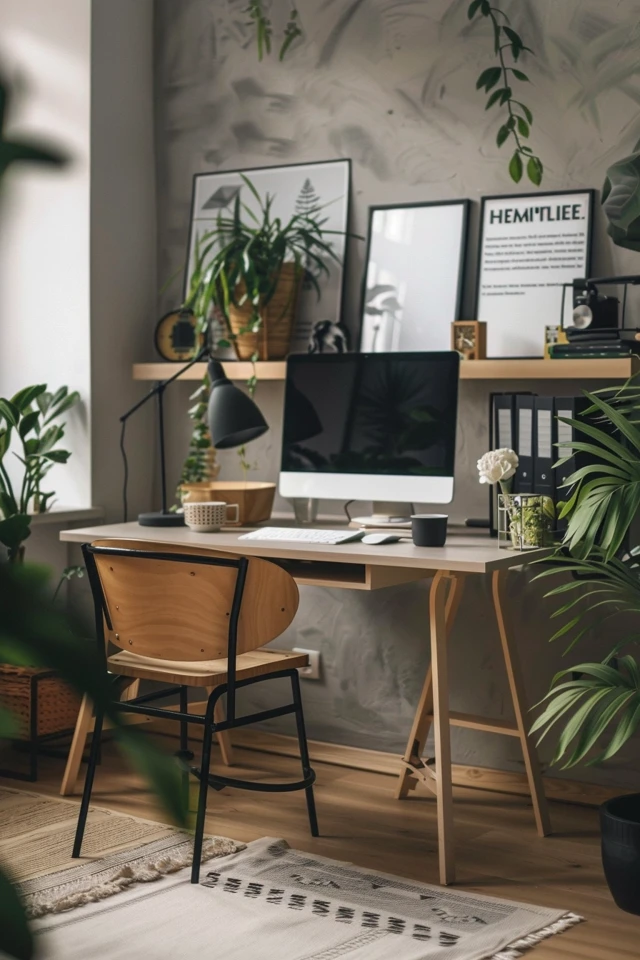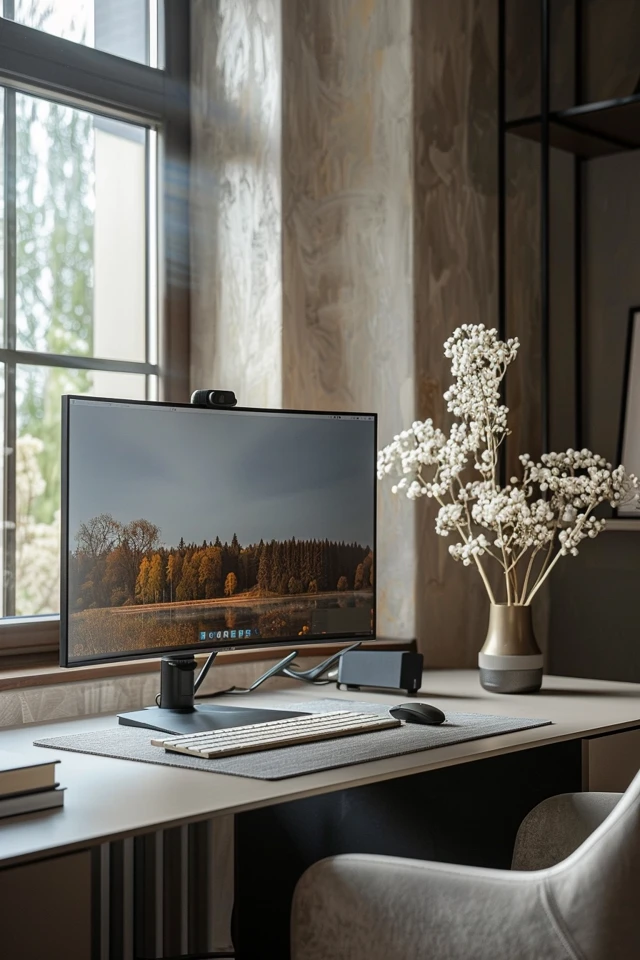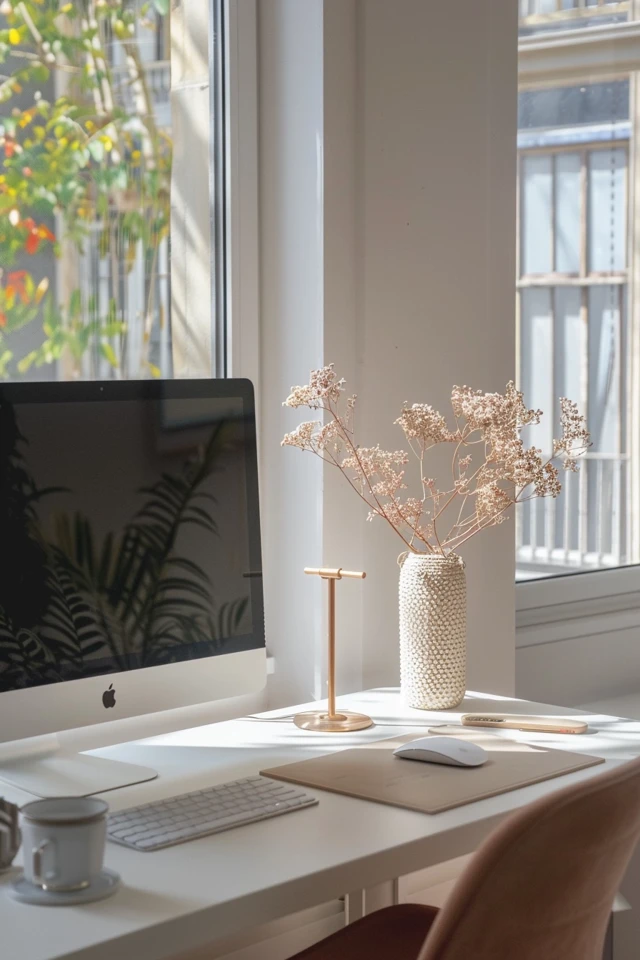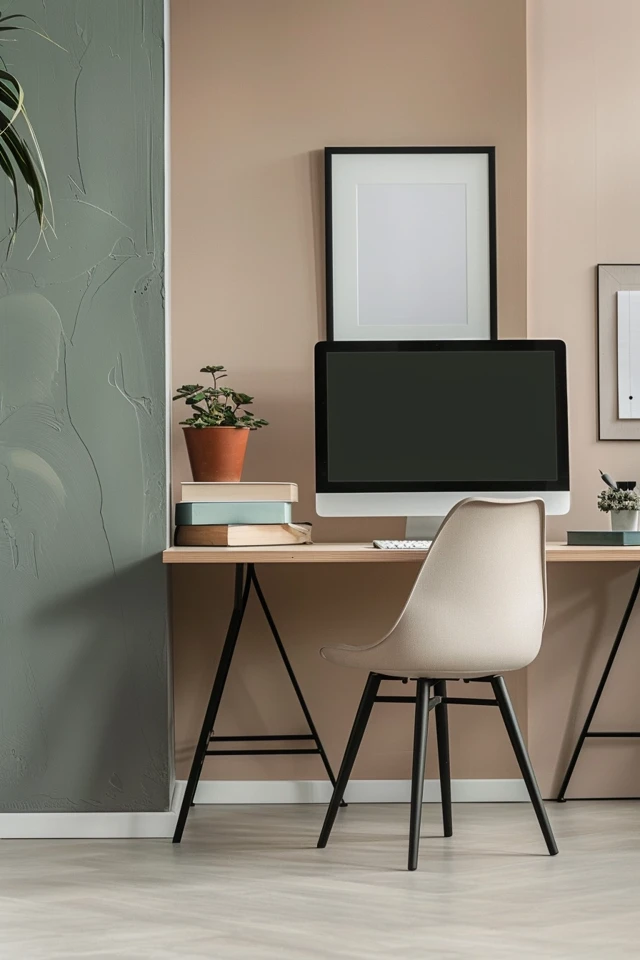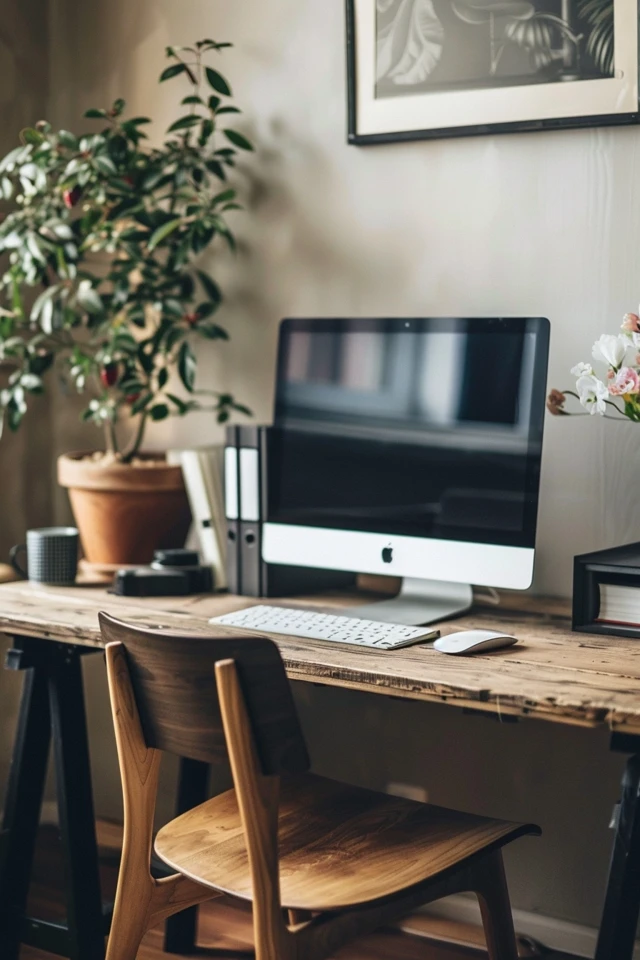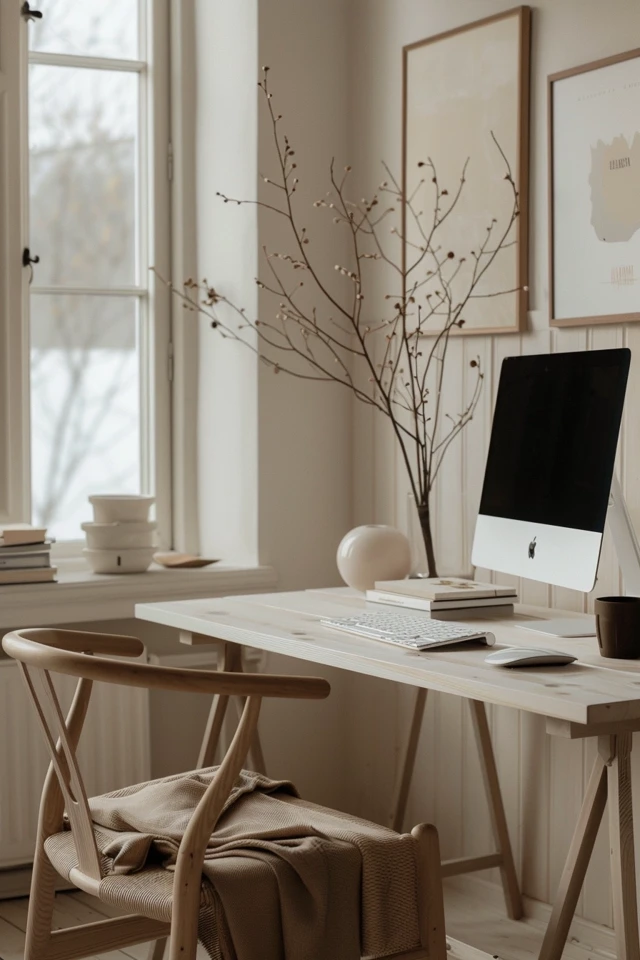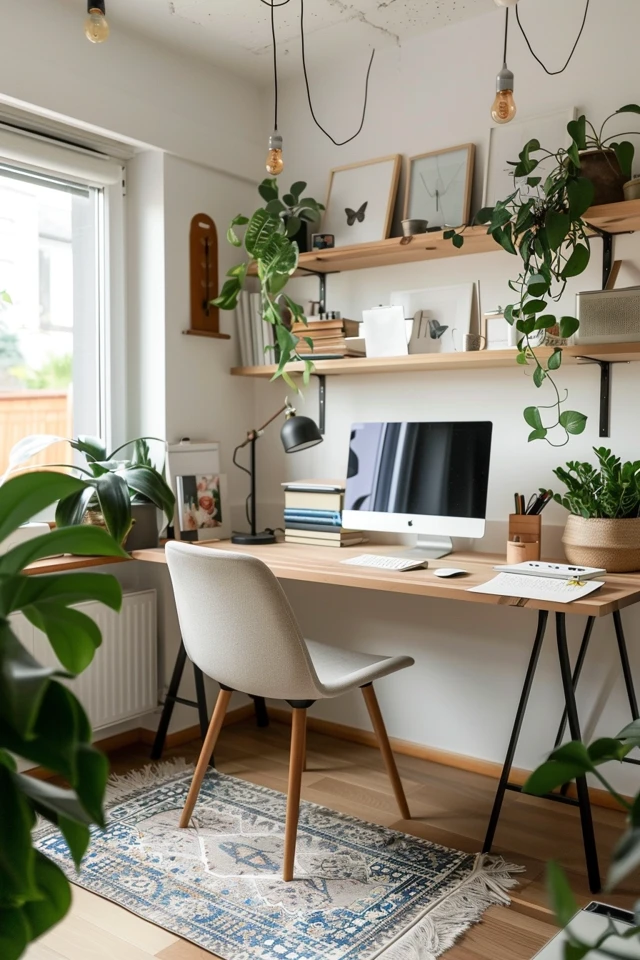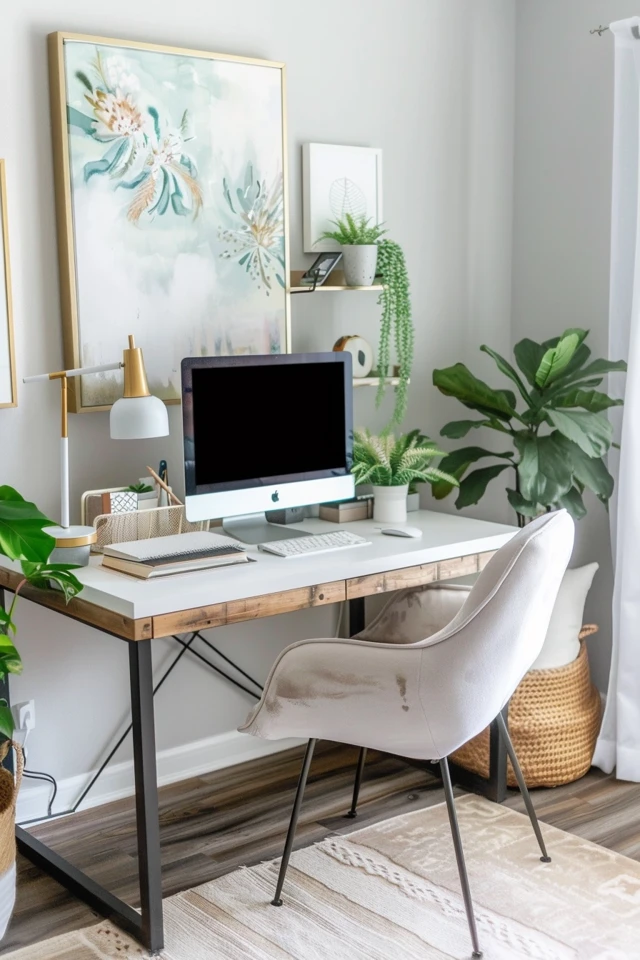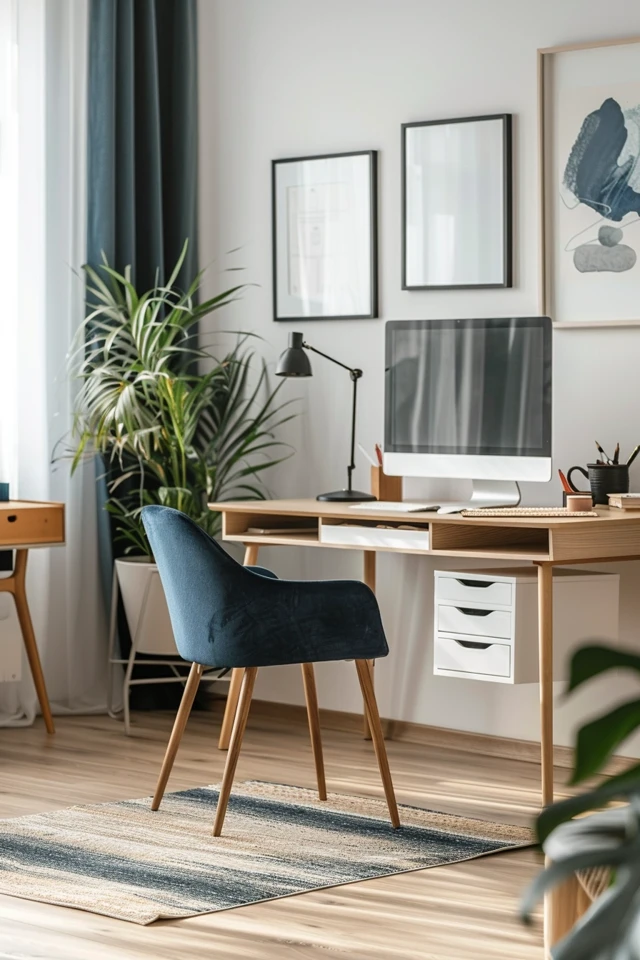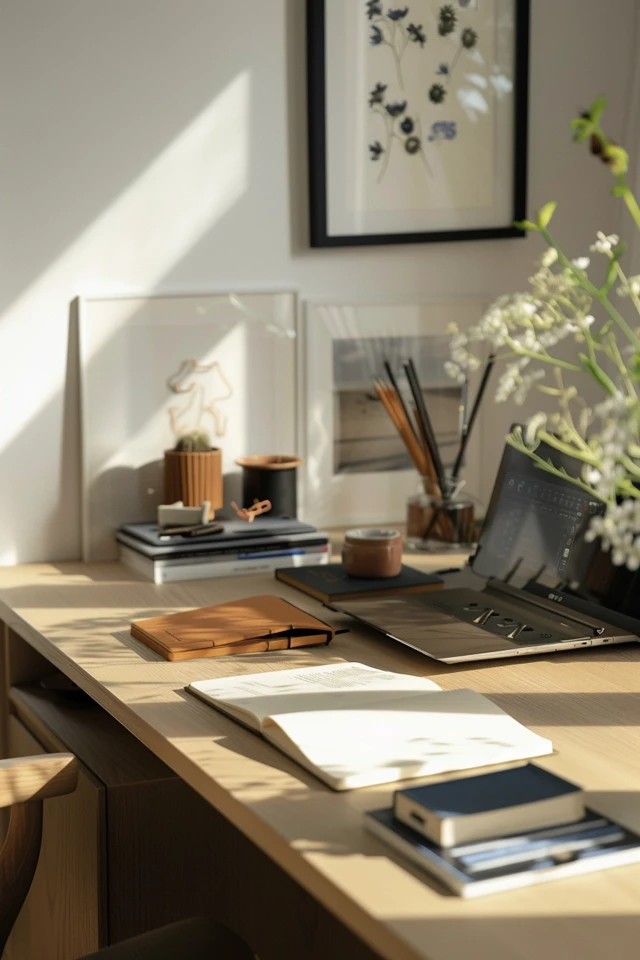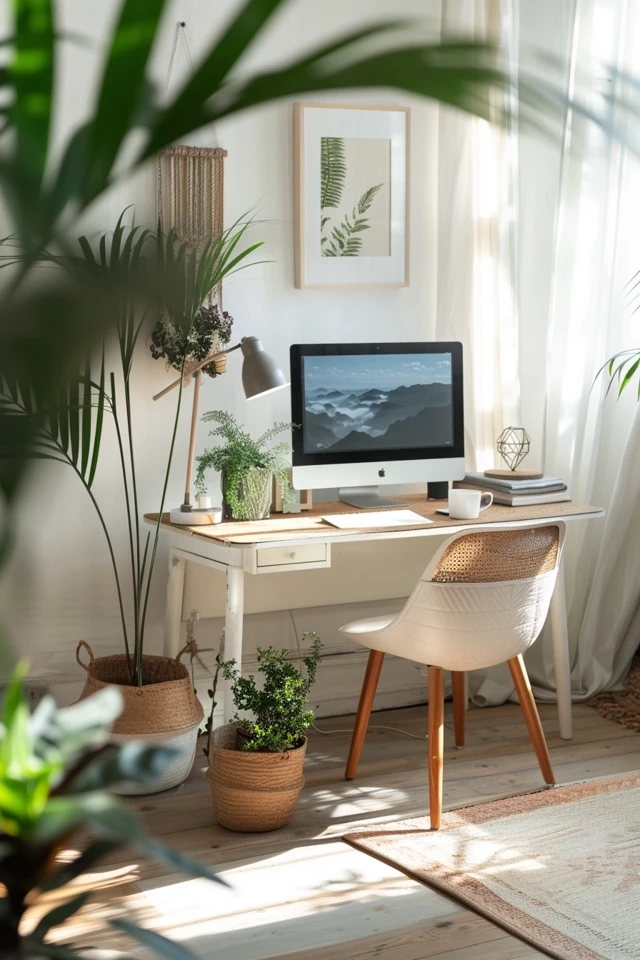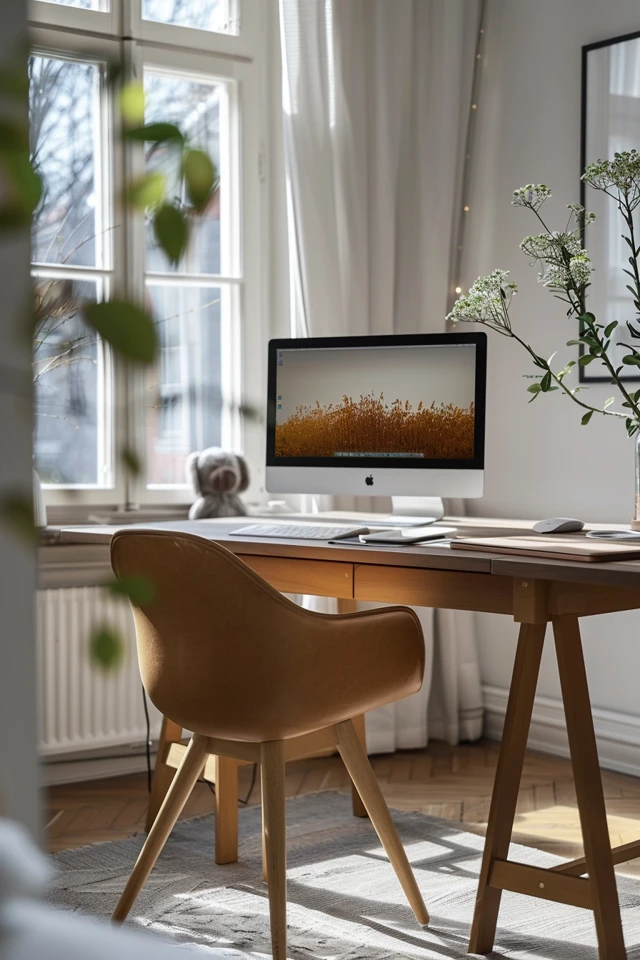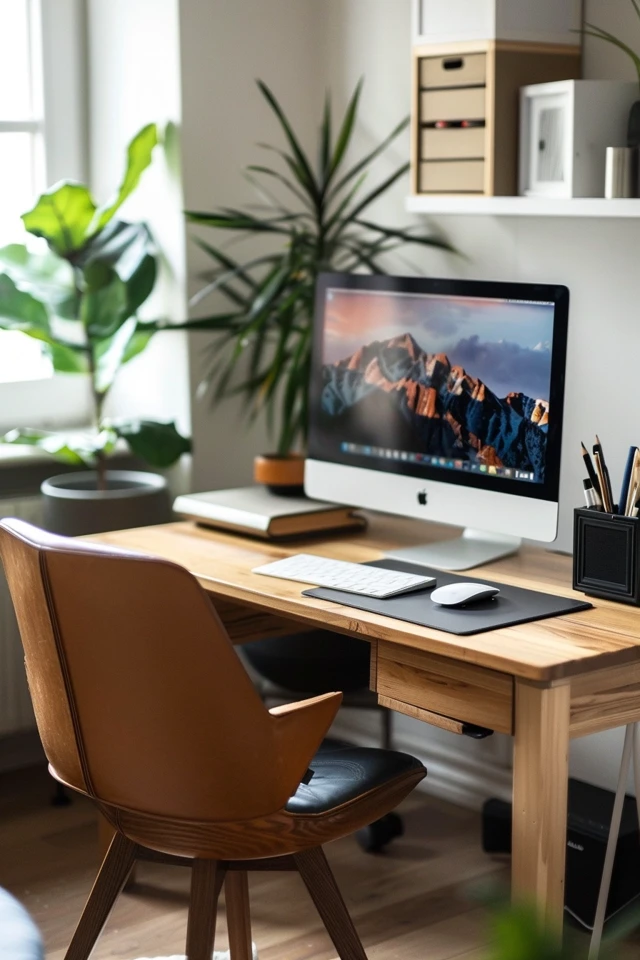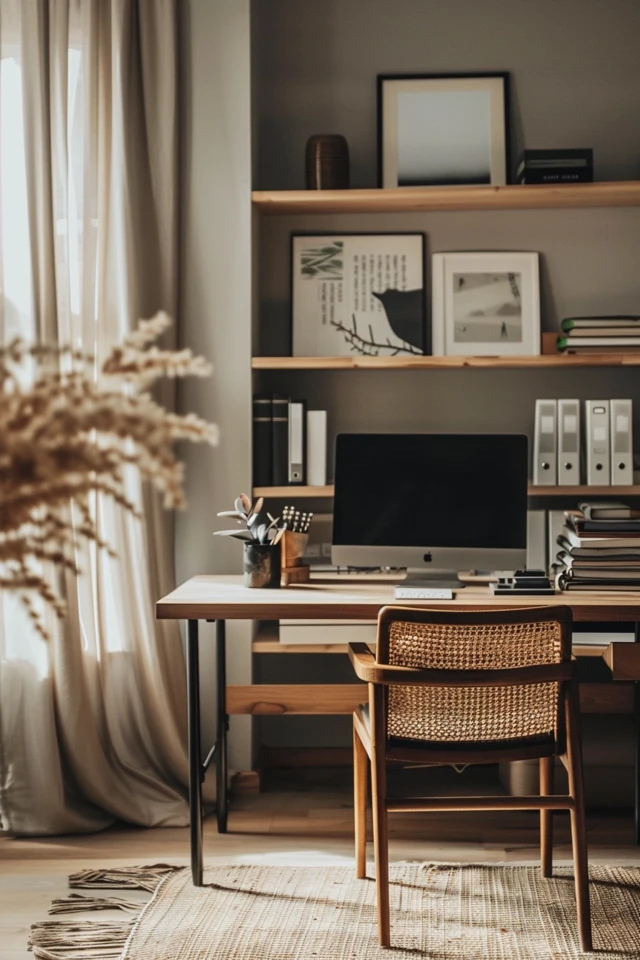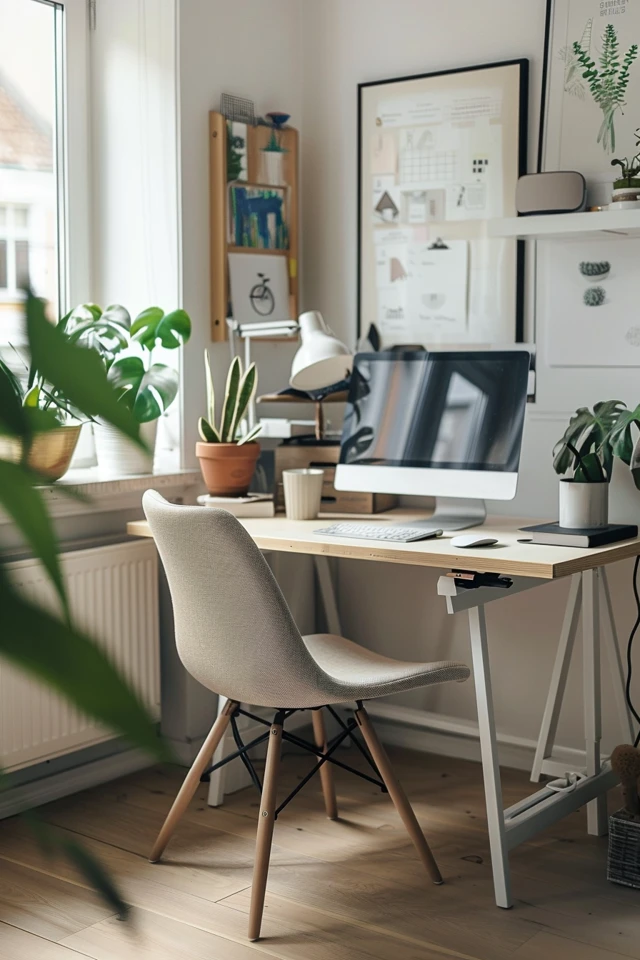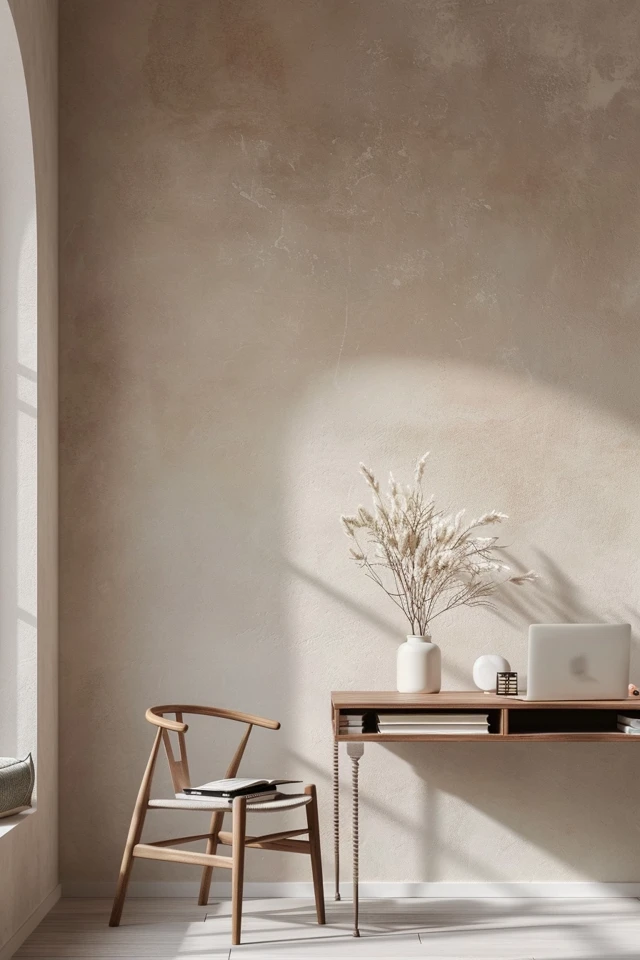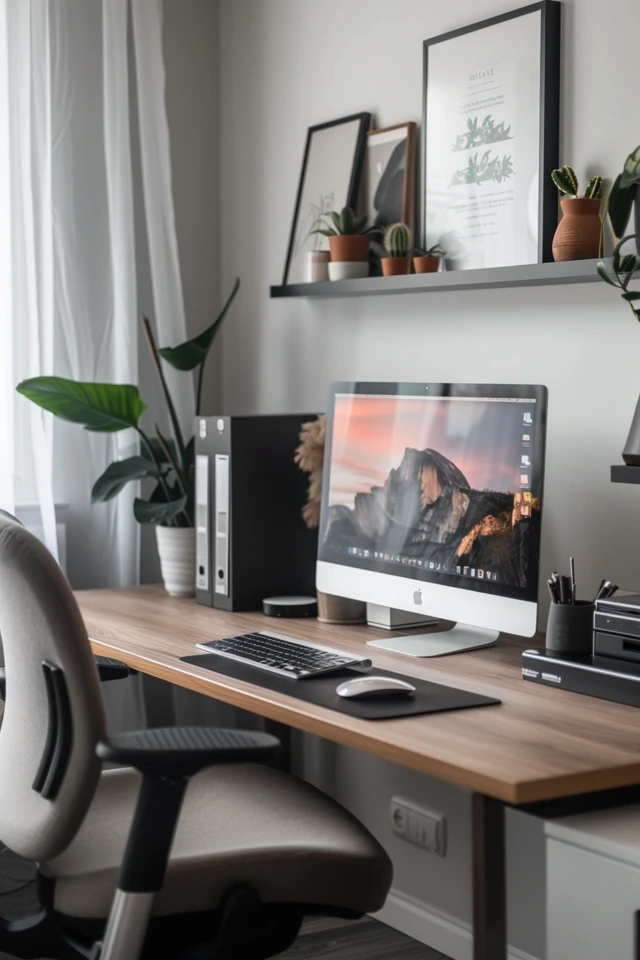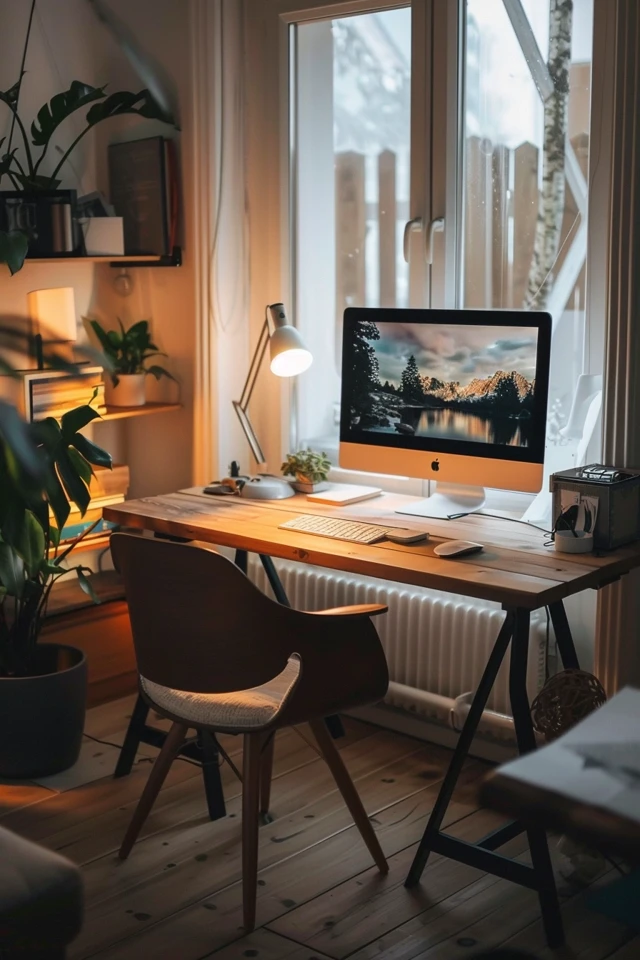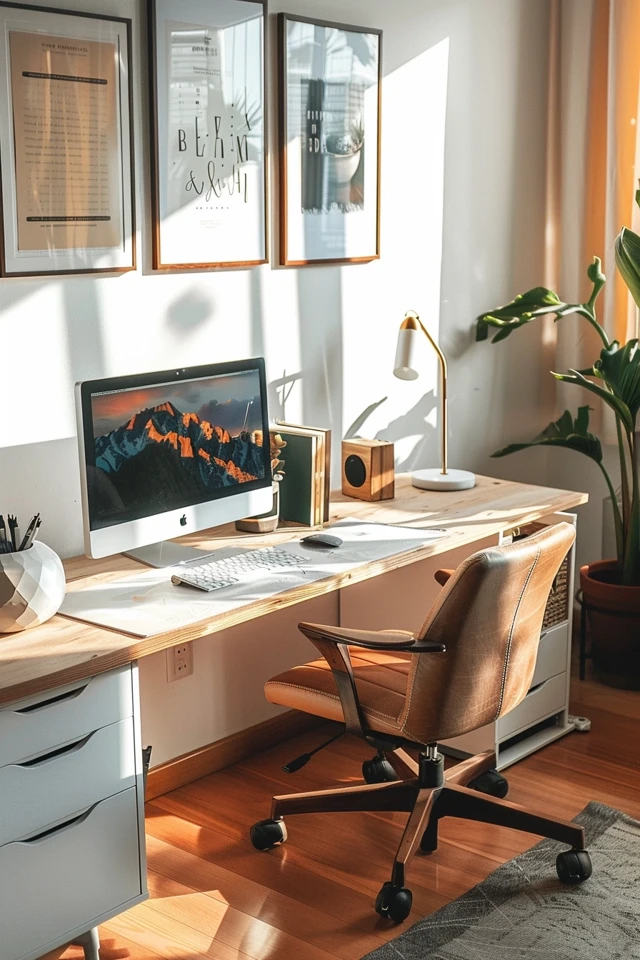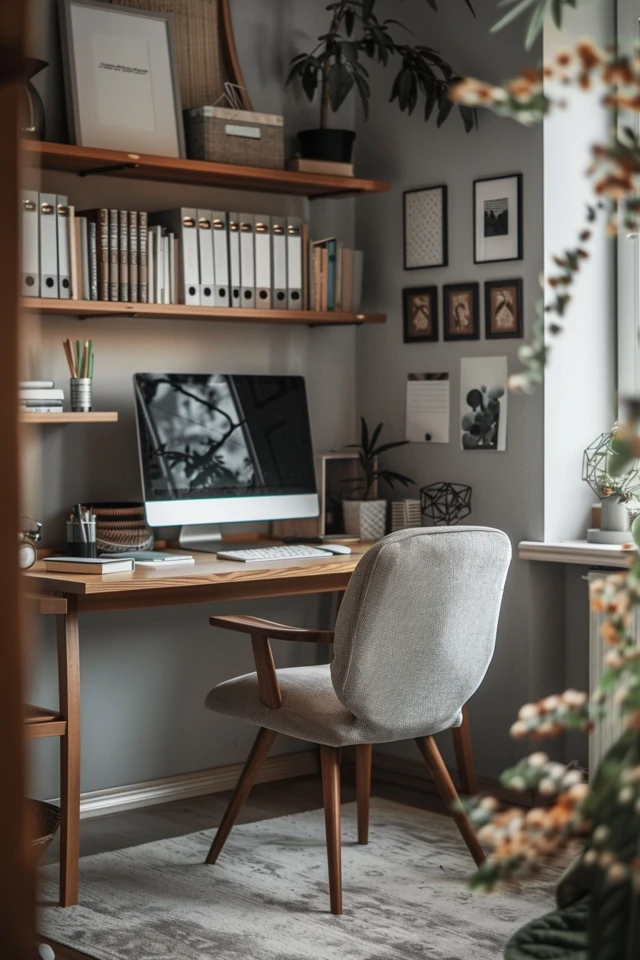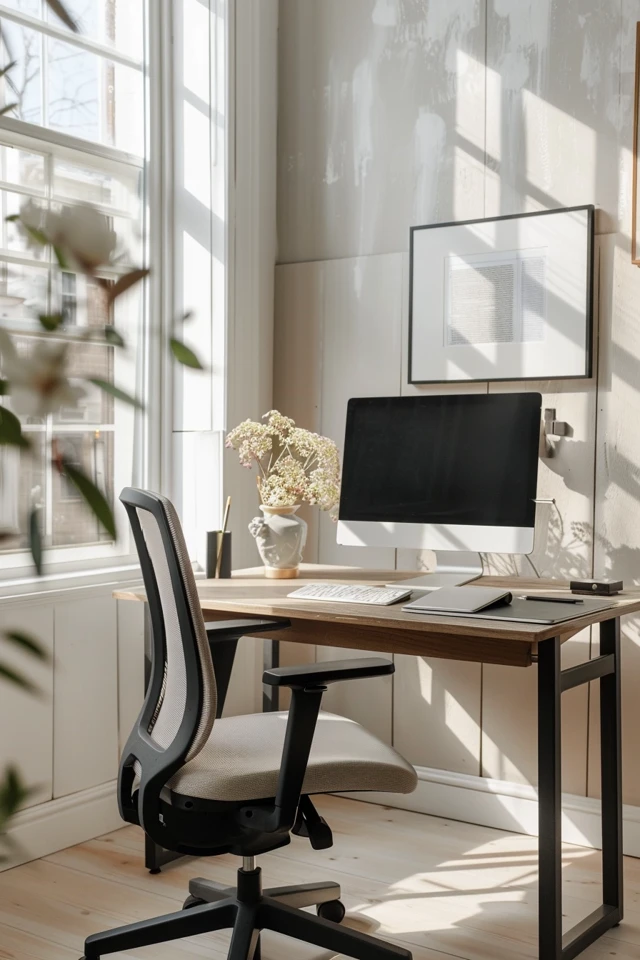Before Reading this Article, Hire Us As Your Designer or Take a Look at My Top 3 Amazon Picks!
If you are looking to blend Amazon's furniture finds with a personalized touch for your space, check out my portfolio, and hire us! You'll get 3 Idea boards, 2 Concept Boards, 2 Realistic Renderings, a Floor Plan, and a Shopping List! Everything's online, plus a 25% discount on your first online interior design project with my Havenly Promo code 4c7441bcfb. With over 2,000 designs since 2017 and top US brand partnerships, your project is in expert hands. US only. Ready to start?
YPIOUREN Simple desk Home computer desk Computer d...
$137.38 (as of January 21, 2025 13:06 GMT -06:00 - More infoProduct prices and availability are accurate as of the date/time indicated and are subject to change. Any price and availability information displayed on [relevant Amazon Site(s), as applicable] at the time of purchase will apply to the purchase of this product.)Designing a minimalist home office is not just about creating an aesthetically pleasing space; it’s about fostering an environment that enhances productivity and reduces distractions. As an architect and interior designer specializing in evidence-based design, I understand the profound impact that a well-thought-out space can have on one’s work efficiency and overall well-being.
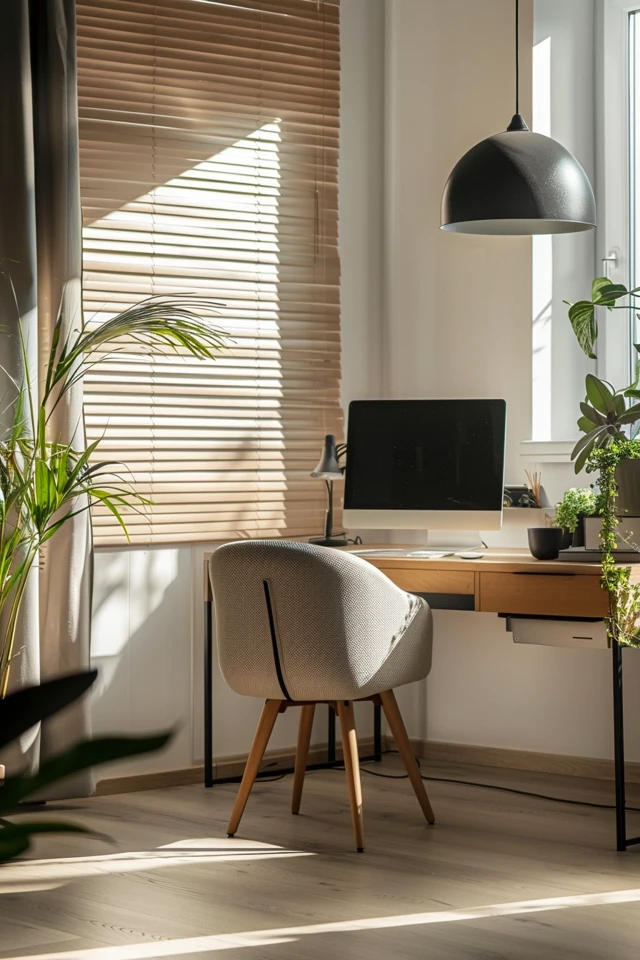
A minimalist home office prioritizes simplicity, functionality, and intentionality. It eliminates clutter, incorporates essential elements, and utilizes space efficiently. This guide will walk you through practical steps and strategies to create a minimalist home office that boosts productivity while keeping your setup clean and organized.
Key Takeaways:
- Choose Multi-functional Furniture: Opt for versatile furniture that maximizes space and utility.
- Stick to a Neutral Color Palette: Use neutral colors to create a calm and focused work environment.
- Maximize Natural Light: Utilize natural light to improve mood and productivity.
- Incorporate Minimalist Decor: Use simple, functional decor to enhance the space without cluttering it.
- Prioritize Ergonomics: Invest in ergonomic furniture to ensure comfort and health during long work hours.

1. Choose Multi-functional Furniture
In a minimalist home office, every piece of furniture should serve a purpose. Multi-functional furniture not only saves space but also reduces the need for additional items, keeping the office uncluttered. Consider a desk with built-in storage or shelves that can hold office supplies, books, and other essentials.
A wall-mounted desk is another excellent option for small spaces. It provides a workspace without taking up floor space, giving the room a clean and open feel. Look for furniture with clean lines and simple designs to maintain the minimalist aesthetic. By choosing multi-functional pieces, you can create a practical and efficient workspace.
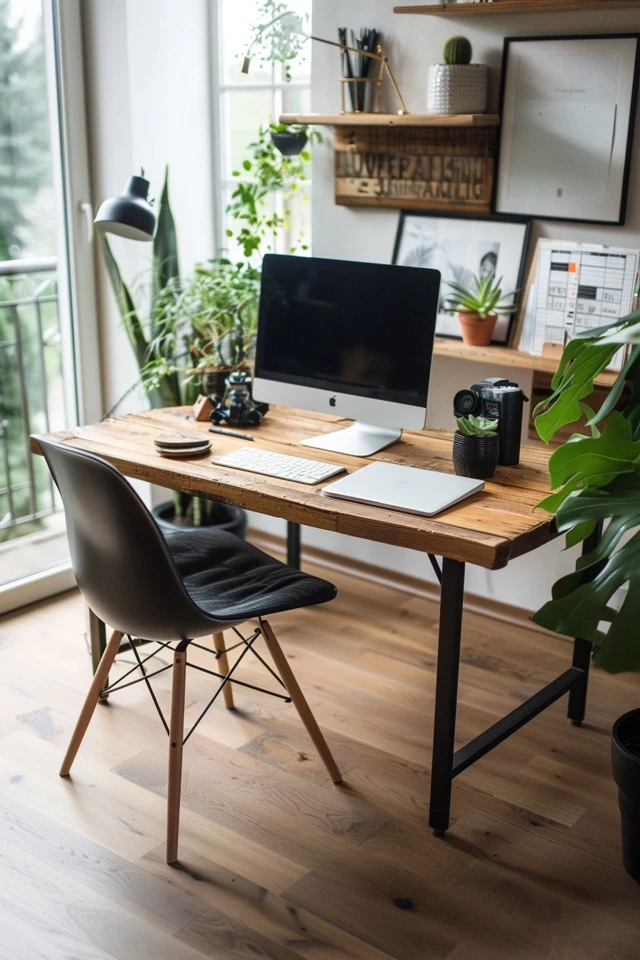
2. Stick to a Neutral Color Palette
A neutral color palette is a hallmark of minimalist design. Colors such as white, gray, beige, and soft pastels create a serene and focused environment, essential for productivity. Neutral colors make the space look larger and less distracting, allowing you to concentrate better on your tasks.
When painting your home office, opt for high-quality, durable paint in neutral shades. This investment ensures that your walls remain fresh and easy to maintain. Complement the walls with neutral-colored furniture and accessories to create a cohesive and calming workspace.
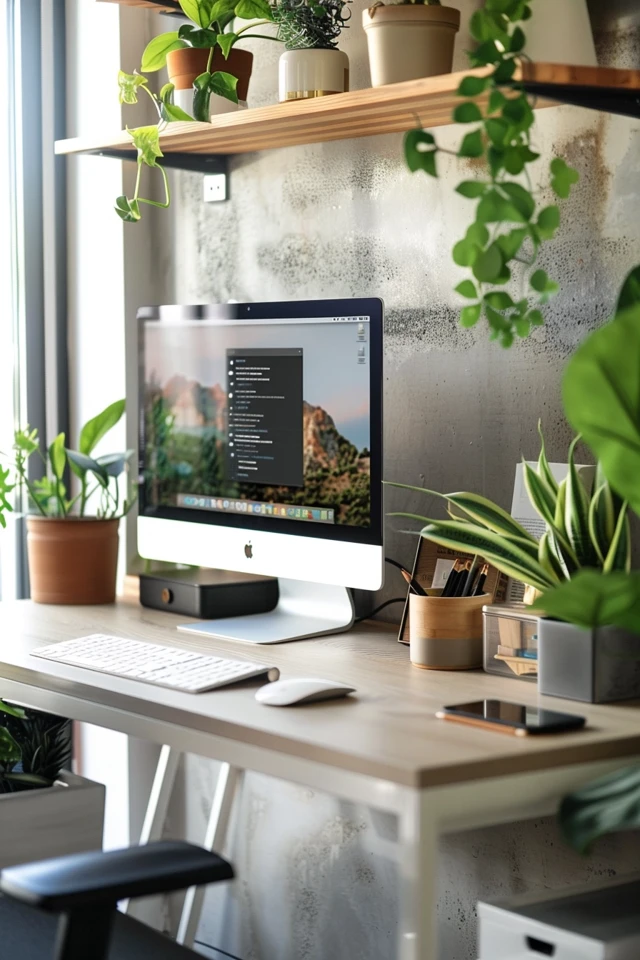
3. Maximize Natural Light
Natural light is a critical component of a minimalist home office. It not only enhances the room’s aesthetic appeal but also improves mood and productivity. Position your desk near a window to take advantage of natural light. Use sheer curtains or blinds to control the light without blocking it entirely.
If natural light is limited, consider adding light fixtures that mimic natural daylight. Soft, warm lighting can create a comfortable and inviting atmosphere. Use simple, unobtrusive light fixtures to maintain the minimalist look. A well-lit workspace can significantly boost your efficiency and well-being.
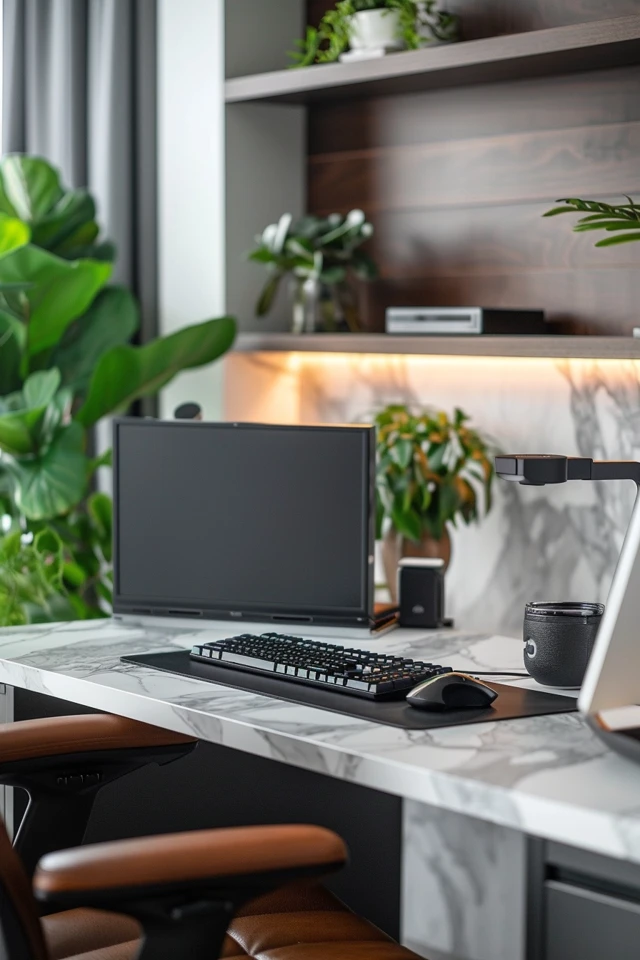
4. Incorporate Minimalist Decor
Decorating a minimalist home office doesn’t mean you have to sacrifice style. The key is to choose simple, functional decor that enhances the space without adding clutter. Thrift stores, flea markets, and DIY projects can provide unique items that add character and personality to your office.
Wall art, plants, and minimalist stationery can be affordable yet impactful. A single statement piece, like a framed print or a sleek desk lamp, can serve as a focal point. Remember, less is more in minimalist design. Choose decor items that you truly love and that contribute to the overall functionality of the space.
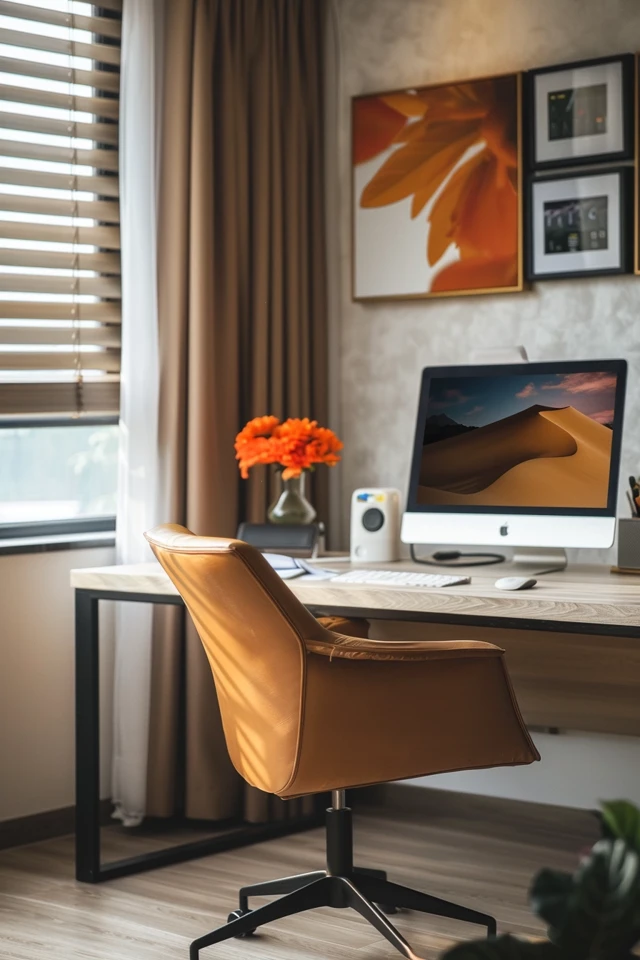
5. Prioritize Ergonomics
Comfort and health are paramount in a home office, especially if you spend long hours working. Investing in ergonomic furniture ensures that your workspace supports your physical well-being. An ergonomic chair, adjustable desk, and proper lighting can prevent discomfort and improve productivity.
Choose a chair that provides adequate lumbar support and allows you to maintain good posture. An adjustable desk lets you switch between sitting and standing, reducing the risk of back pain and other health issues. Ensure that your monitor is at eye level to prevent neck strain. Prioritizing ergonomics helps you stay comfortable and focused throughout your workday.
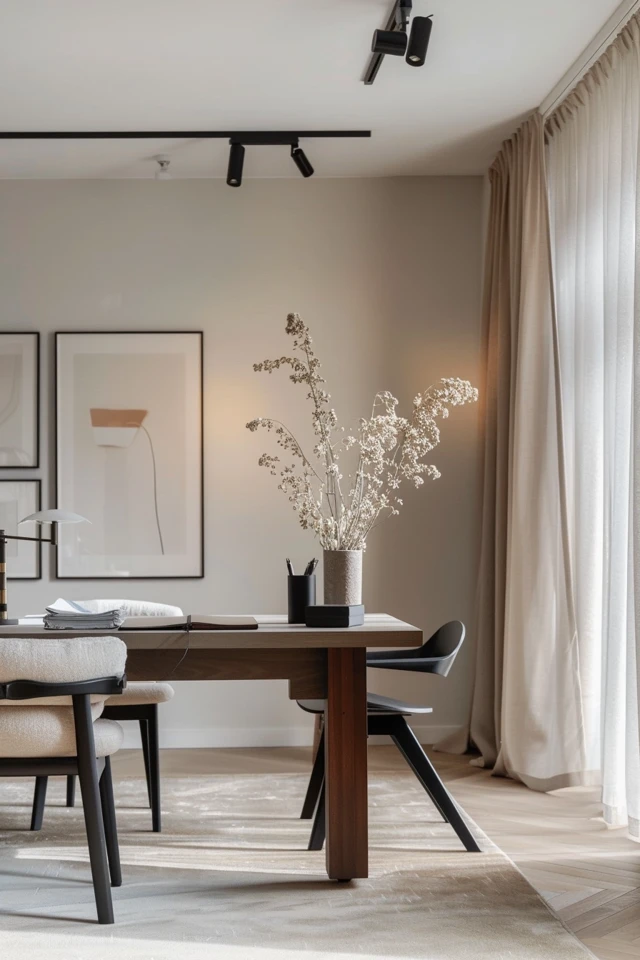
Conclusion
Creating a minimalist home office is an achievable goal that can significantly enhance your productivity and overall well-being. By choosing multi-functional furniture, sticking to a neutral color palette, maximizing natural light, incorporating minimalist decor, and prioritizing ergonomics, you can design a workspace that is both functional and aesthetically pleasing.
Minimalism is not just about removing excess; it’s about making intentional choices that improve your quality of life. As you embark on this journey, enjoy the process of curating a space that reflects your personal style and supports your professional needs. With these tips, your home office can become a productive and inspiring environment that helps you achieve your best work.
Inspirational Pictures
